Austria Road Trip Guide
Introduction
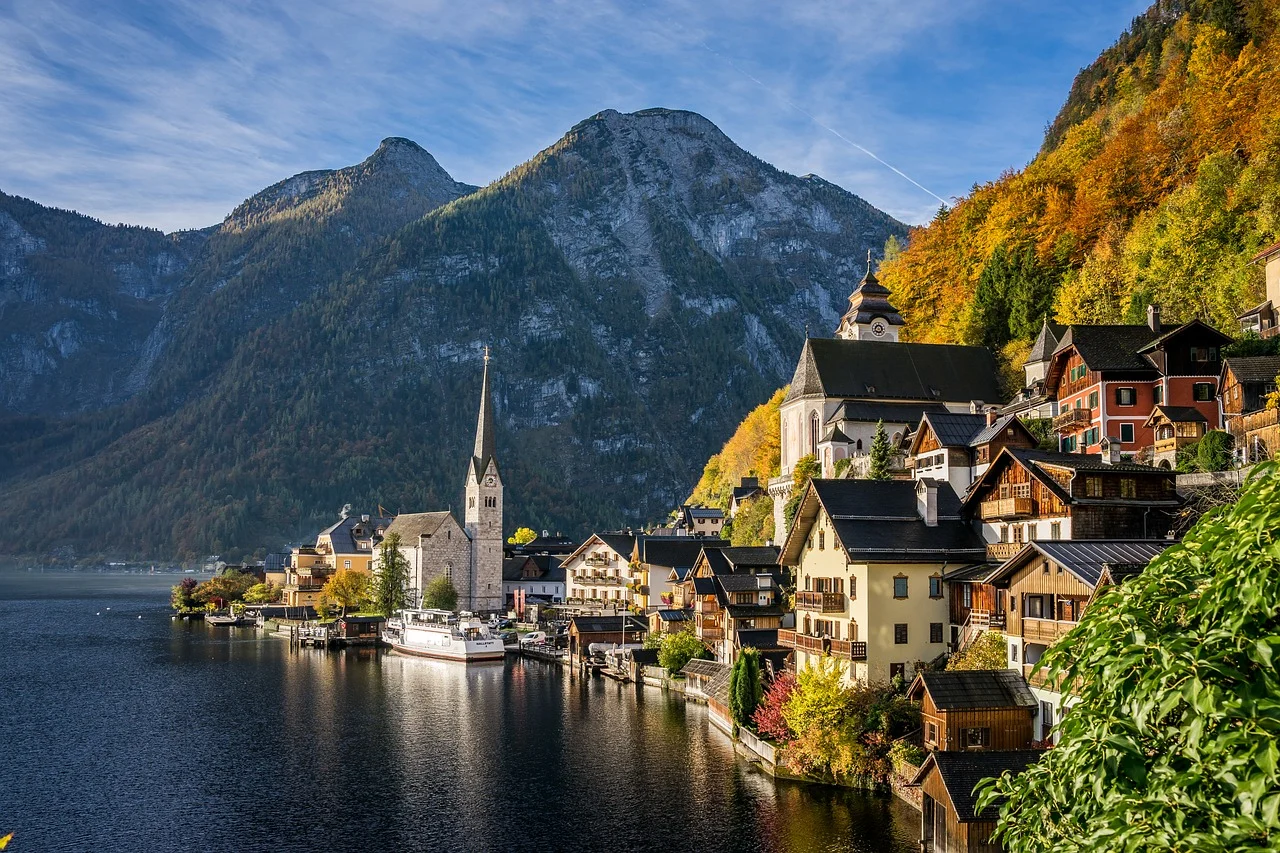
Austria, nestled in the heart of Europe, is a captivating tourist destination known for its stunning Alpine landscapes, rich cultural heritage, and vibrant cities. From the historic streets of Vienna to the picturesque villages of the Tyrol, Austria offers a diverse range of experiences. Starting a road trip here allows travelers to explore at their own pace, uncovering hidden gems like the serene lakes of Salzkammergut and the dramatic peaks of the Austrian Alps. The country’s well-maintained roads and scenic routes make driving a pleasure, providing easy access to world-class ski resorts, charming wine regions, and historic castles. Austria’s blend of natural beauty and cultural richness makes it an ideal destination for an unforgettable road trip adventure.
Car Rental Tips
Book in Advance
Generally, we recommend that you make your reservation one month in advance so that you could choose the desired vehicle and date.
If you proceed directly to the car rental store without an appointment, it is likely that the car you need might be unavailable.
*If you are already a QEEQ diamond member, you only need 1$ to freeze your booking and make the rest of the payment before pick-up, which does not affect your credit card limit.
Required Documents
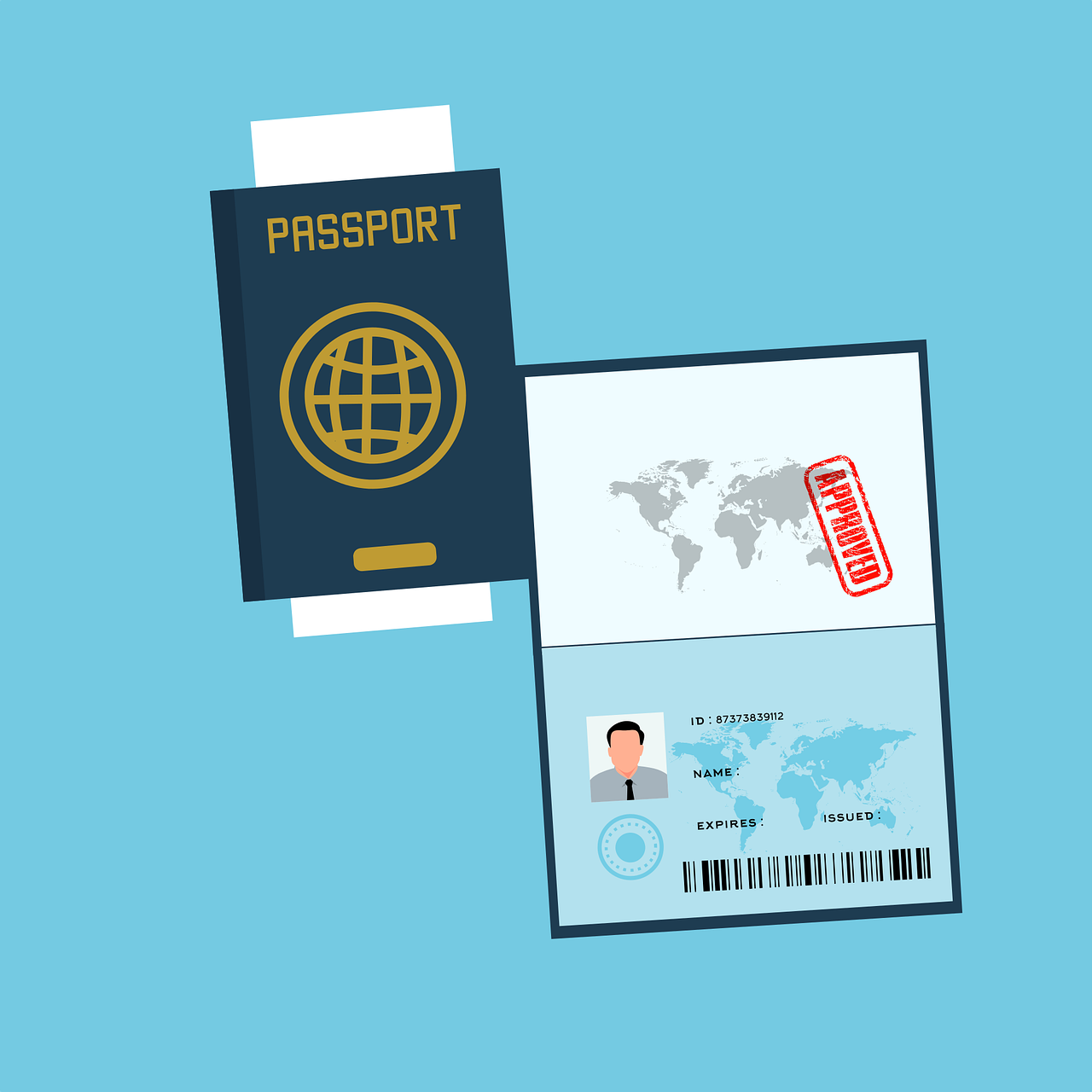
Passport, Driver’s License, IDP(Optimal);, Credit Card
International Driving Permit (IDP) is highly recommended, which allows you to drive legally in countries that need one.
If it is inconvenient for you to apply an IDP, generate a free driver’s license translation on QEEQ.com (Japanese site only).
Car Choices
The choice of your car depend largely on the duration of your trip, passenger number, luggage amount and road conditions.
- City Driving for small groups (1-3 passengers)
If you are a couple, or travel with a friend or two, or if you travel alone, a reasonably priced small car would be a good choice.
Compact size cars have 4 to 5 seats. We recommend sparing one passenger capacity so you could relax and have more space.
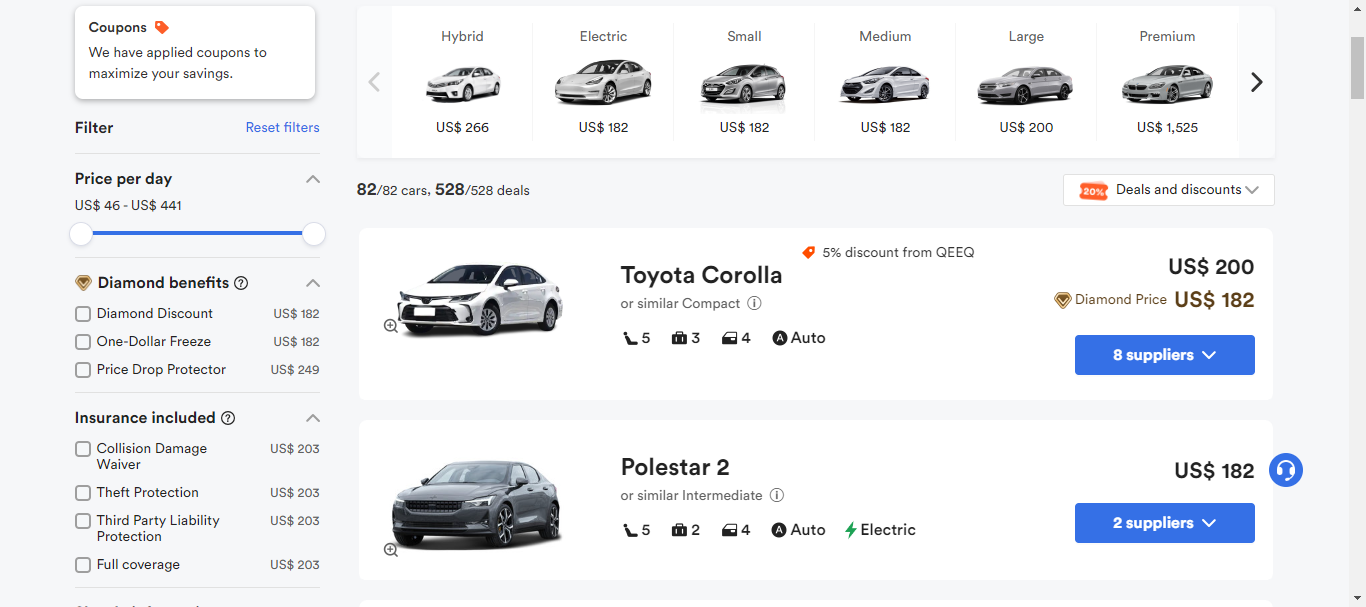
- 4 to 5 passengers including children and elderly
Medium and large size cars are recommended. These models could still possess a fair mount of space with 2 to 3 suitcases. SUVs are suitable for hybrid road conditions. Eco-friendly cars such as the Prius could save your spend on gasoline. Choose what you need giving you peace of mind on long trips.
- Traveling in a group of 6 or more
It would be a wonderful experience to choose a van for everyone to have his or her own seat. These models accommodate a passenger capacity from 7 to 12 people. While it is noticeable that large cars cannot make quick and sharp turns. So we recommend renting two small or medium-sized cars if you spend a lot of time driving through towns.
Online Booking Process

We are endeavoring to make your appointment as convenient as possible. Enter our website QEEQ.com, log in, enter the required information, and follow the instructions, you are free to rent your desired car.
Insurance
What Insurances Are Available?
*For Autopilot Cars:
- Insured: Protection for the person renting the car, including passenger accident insurance and personal accident insurance (PAI). This includes the personal safety of the driver, passengers, and their personal belongings.
- Automobile Insurance: protection for the vehicle of the renter. Collision Damage Waiver (CDW) is one example.
- Third-party Insurance: insurance that protects third parties other than the renter and the car rental company. Basic Third Party Liability (BTL) insurance, etc.
International car rental orders will include the basic insurance required for car rentals: Vehicle Damage Coverage, Theft Protection, and Third Party Liability Insurance.
The deductible is the maximum amount of money you’re liable for in the event your rental car is damaged or stolen as long as you follow the conditions of your rental agreement. For example, the deductible is 1000 dollars, if the damage to the rented car is less than 1000 dollars, the customer pays; if the damage is more than 1000 dollars, the customer pays up to 1000 dollars; and the store’s insurance company pays for the part exceeding 1000 dollars.
Many travelers want more comprehensive coverage and purchase additional insurance. Personnel, vehicle and third-party coverage varies by insurance type. Here are some examples of common types of insurance (note: more checks means more coverage):
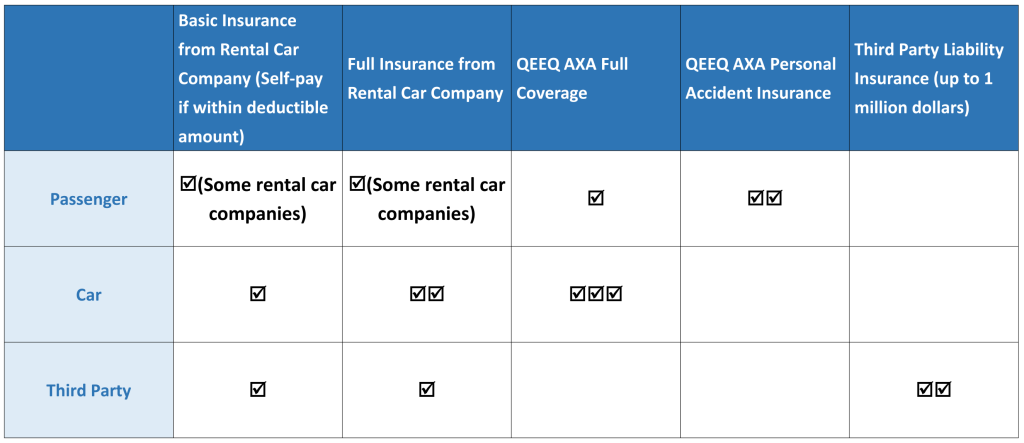
When and How to Purchase Insurance
There are two ways to obtain insurance: one is to purchase insurance when booking the car online; the other is to purchase insurance at the local store where the car is rented when picking up the car.
Generally, insurances provided by rental car companies usually has narrower coverage, higher premiums, so purchasing insurance online when booking the car is highly recommended.
How to Choose Insurance
If you are traveling with limited budget, it is better to choose the kind of insurance policy with the most comprehensive coverage. The main reasons are:
- Firstly, repairing fee for the car would probably be higher abroad.
- Secondly, in case of an accident, the medical cost and compensation are very high.
- Thirdly, the wider the coverage, the less the troubles you would deal with, which saves tons of time and energy.
Taking automobile insurance as an instance, comparing to common insurance policies, the most comprehensive insurance coverage, including glasses, tires, chassis protection, and considerations for special road conditions such as sand and rocks, is very necessary, but basic insurance of car rental companies usually does not include full coverage as such.
Picking Up the Car
Check Before Departure
Before proceeding to the car rental shop, make sure you have brought with you all necessary documents for picking up the vehicle, and two international credit cards is recommended to ensure that there is enough credit limit for pre-authorization.
Proceed to the Car Rentals
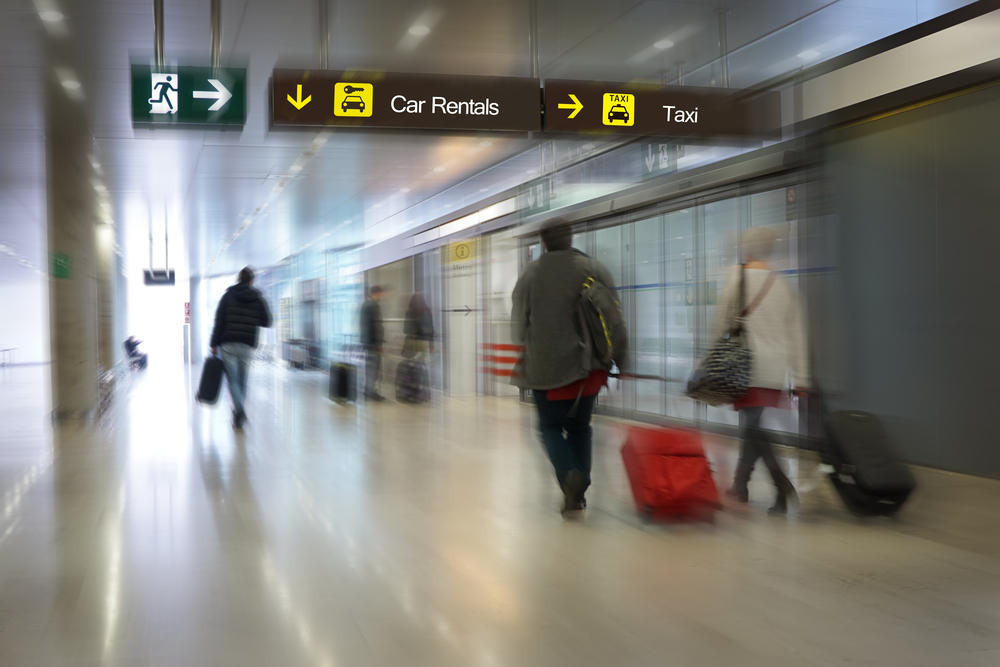
If there is a pickup store nearby, you could just walk there, following signs for airport rental cars.
If the rental car center is far away, there is usually a free shuttle bus bound for the rental car center. Shuttle buses run every 10 minutes approximately, so take the bus when you see the logo of your car rental company.
If the shuttle is not available, you can contact the car rental company and wait for staff member to pick you up at designated location. In case you have difficulty communicating with the store staff, please call QEEQ and we will assist you in English or other languages.
Inspect the Car

When you receive your reserved vehicle, inspect the bodywork for damage. At that time, it’s a good idea to document the entire process with your smartphone camera or take a picture of the dashboard. Because if you forgot to check the condition of your vehicle before departure, you may be charged for wronged damage repairs when you return it.
Payment
Payment is due on the day of the rental unless you are paying online or purchasing a tour package.
Insurance is usually included in the rental price, but some car rental companies offer paid options for more comprehensive coverage.
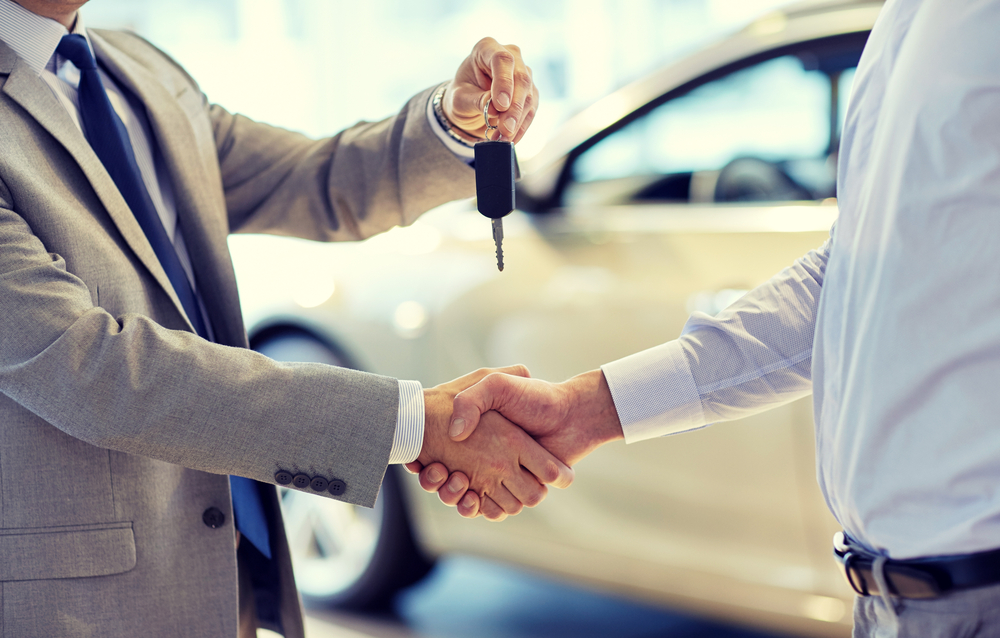
Last but not least, keep all contracts and documents safe for possible further usage. Once you have received your keys, check the seat heights, mirror positions, secure child seats, and then you are ready to go!
Cautions for Cross-border
European countries are close to each other, so if you got time, you may want to consider a cross-country drive. There are two things you need to be sure of when cross-country drive in Austria: the car rental company and the regulations of each country.
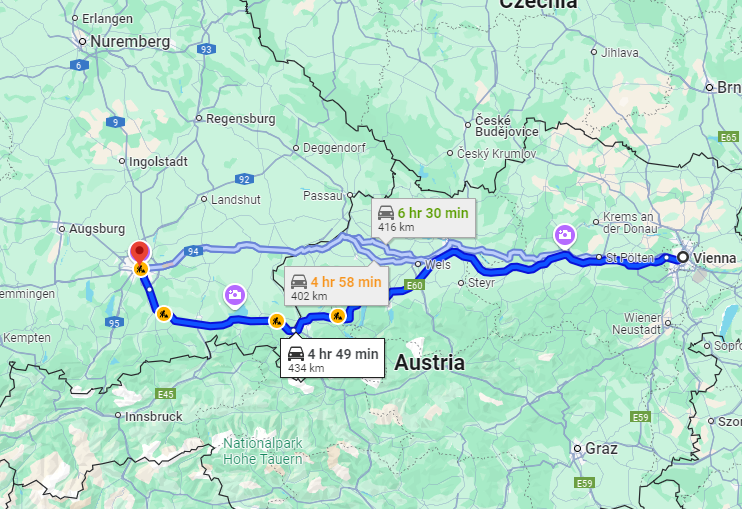
- Car Rental Company Regulations
It is connected with the validity of insurances while you crossing each country. Different car rental companies have different rules for corresponding cars and countries:
- Free pass
- Cross-border fee needed (per rental/per rental day)
- Cross-border prohibited
We will let you notice before your order on the view deal page:
Select the country you are going to head for and you’ll see the requirings below.
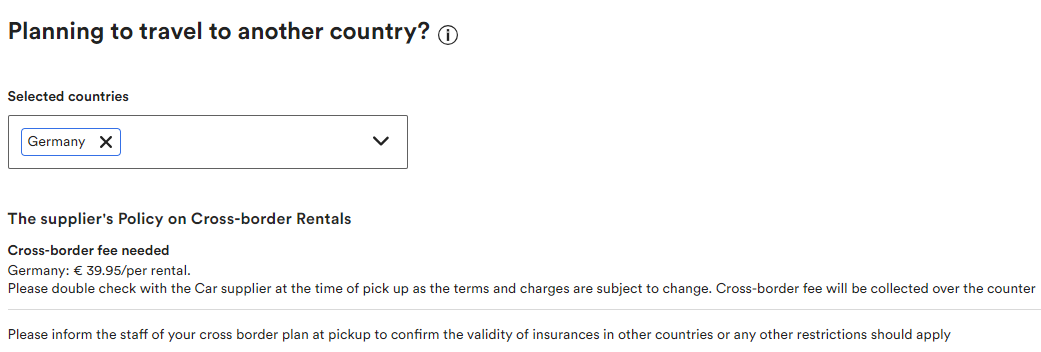
Please inform the staff of your cross border plan at pickup to confirm the validity of insurances in other countries or any other restrictions should apply.
- Regulations of Each Country
The driving rules in European neighboring countries are similar, except the speed limits and tolls on the highways. When you drive to other countries, there may be signs like “TOLL” before you enter a toll road, so please pay attention.
France and Italy set up toll booths to collect tolls. In Austria, Switzerland, and Czech Republic, etc., you have to buy a special highway sticker/ticket (Vignette) to put on the windshield. You can usually get one of those at gas stations near the border.
It is recommended that you have your Vignette affixed to your car before you enter the highways of these countries, or you would be fined if you do not have one during a police check. Some car rental companies may already have their own Vignette, so when you pick up your car, take the initiative to talk to the clerk at the store about which countries you are planning to travel across and ask if you have a Vignette already affixed.
When crossing the border, there may be border controls (rare in the Schengen area), which need you to show all documents on request and answer the questions (just like airport border control). Within the European Union, items are duty-free. In addition, if you are carrying cigarettes, alcohol or valuables above the duty-free limit, you must keep a receipt to prove that they were purchased within the European Union, failure to do so will result in taxes.
For more info on border-crossing in Austria:https://www.austria.info/en-uk/planning/entry-and-customs-regulations/
Traffic Rules and Signs
Austria’s traffic regulations and road signs generally correspond to those of other European countries.
Drive on the Right Side
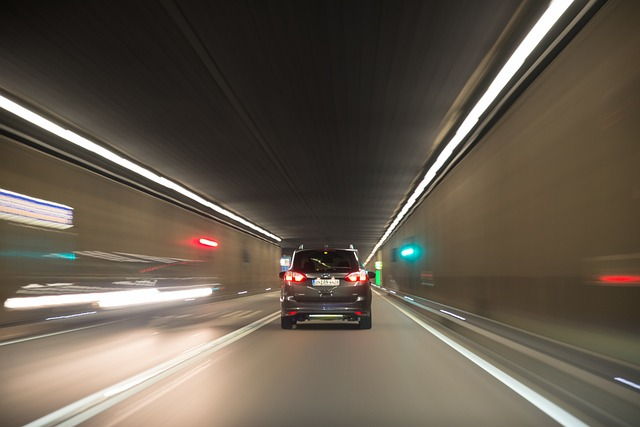
In Austria, vehicles drive on the right side like in most European countries, and are equipped with a left hand steering wheel. Please pay attention and spend some time to adjust if your country differs from that.
Seat Belts and Child Seat
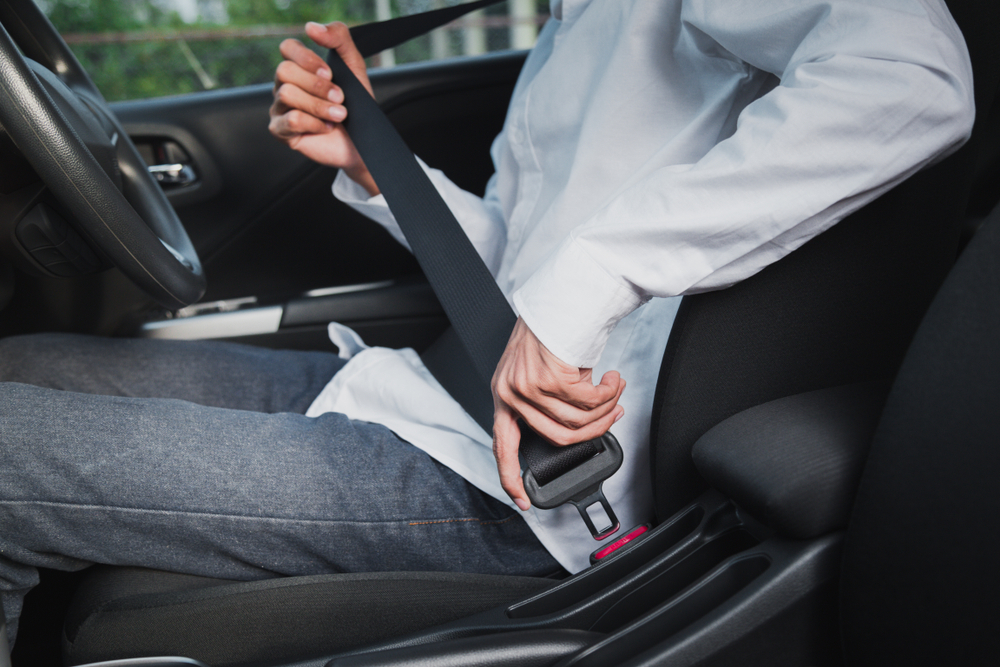
Wearing seat belts is mandatory in Austria. Children under 14 years old who are shorter than 150 cm / 4.9 feet may only be transported in appropriate child seats. In cars and estates (including so-called “minivans”), only one child per seat may be transported, and they must be properly secured according to their age and size.
Using a Phone While Driving
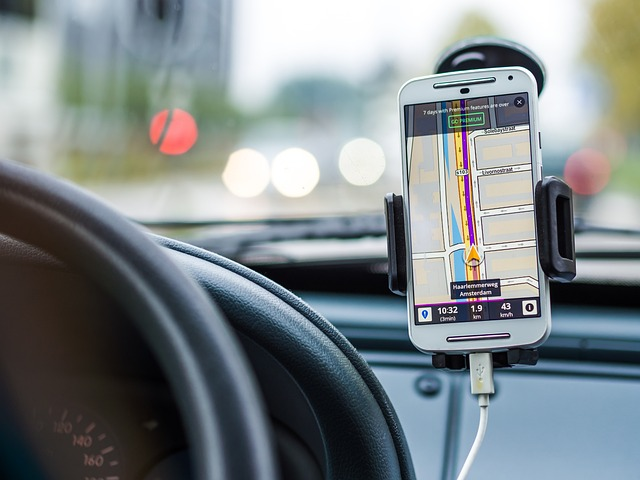
Using a phone while driving is only permitted with a hands-free device, which must be operable with one hand and must not interfere with driving in any way.
Emergency Equipment
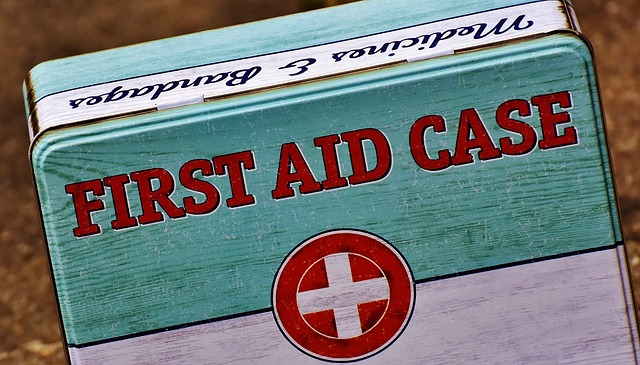
Every driver must always carry a first aid kit, a warning triangle, and a reflective safety vest, and be able to present them during a traffic check.
On roads in Austria outside built-up areas, wearing a safety vest is mandatory. This means that drivers must put on a safety vest when stepping onto the road in the event of a breakdown or accident. It is recommended to carry a safety vest for every traveller.
Drinking Driving

In Austria, the legal limit is less than 0.5 milligrams of alcohol per millilitre of blood, and for provisional licence holders as well as lorry and bus drivers, the limit is 0.1 milligrams. Anyone caught driving under the influence of alcohol faces heavy fines and the confiscation of their driving licence.
Winter Equipment
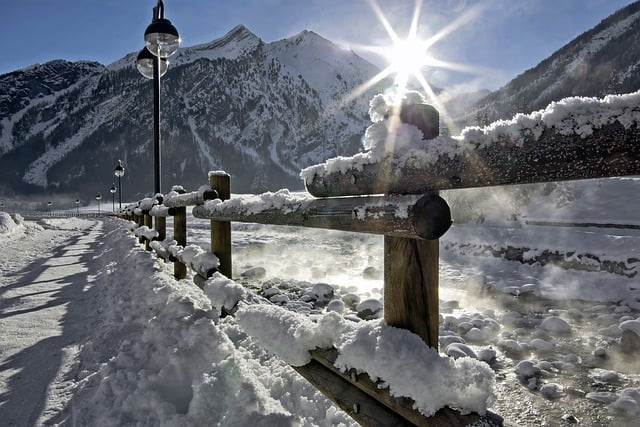
From 1 November to 15 April, winter equipment is mandatory in Austria. Vehicles must be fitted with winter tyres on all four wheels or with snow chains on at least two drive wheels.
Winter tyres are only considered winter equipment in Austria if they have the “M+S” marking and a tread depth of more than 4 mm. This also applies to all-season tyres and studded tyres.
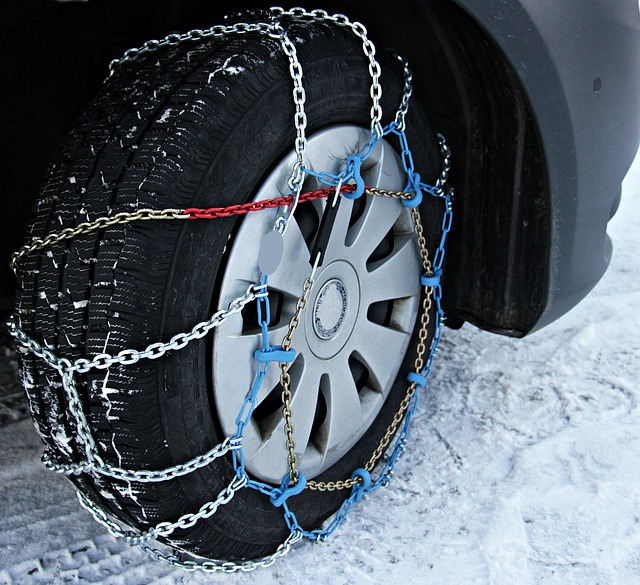
Snow chains are only permitted when the road is completely or almost completely covered with snow or ice. Carrying snow chains is not mandatory, but it is recommended for trips into high-alpine regions. If the traffic sign “snow chains required” is displayed, all vehicles must fit snow chains on the drive wheels. Therefore, please check the weather conditions and current traffic service reports before setting off.
Speed Limit
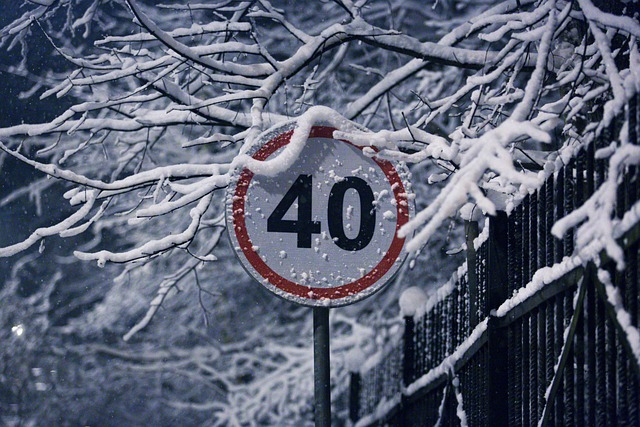
For cars, motorbikes and caravans up to 3.5tons:
- Within town limits: 50 km/h (approx. 31 mph)
- On the open road: 100 km/h (approx. 62 mph)
- On expressways: 100 km/h resp. 130km/h (approx. 62 mph resp. 80 mph) – Please observe the respective speed limit.
- On motorways: 130 km/h (approx. 80 mph)
Common Road Signs
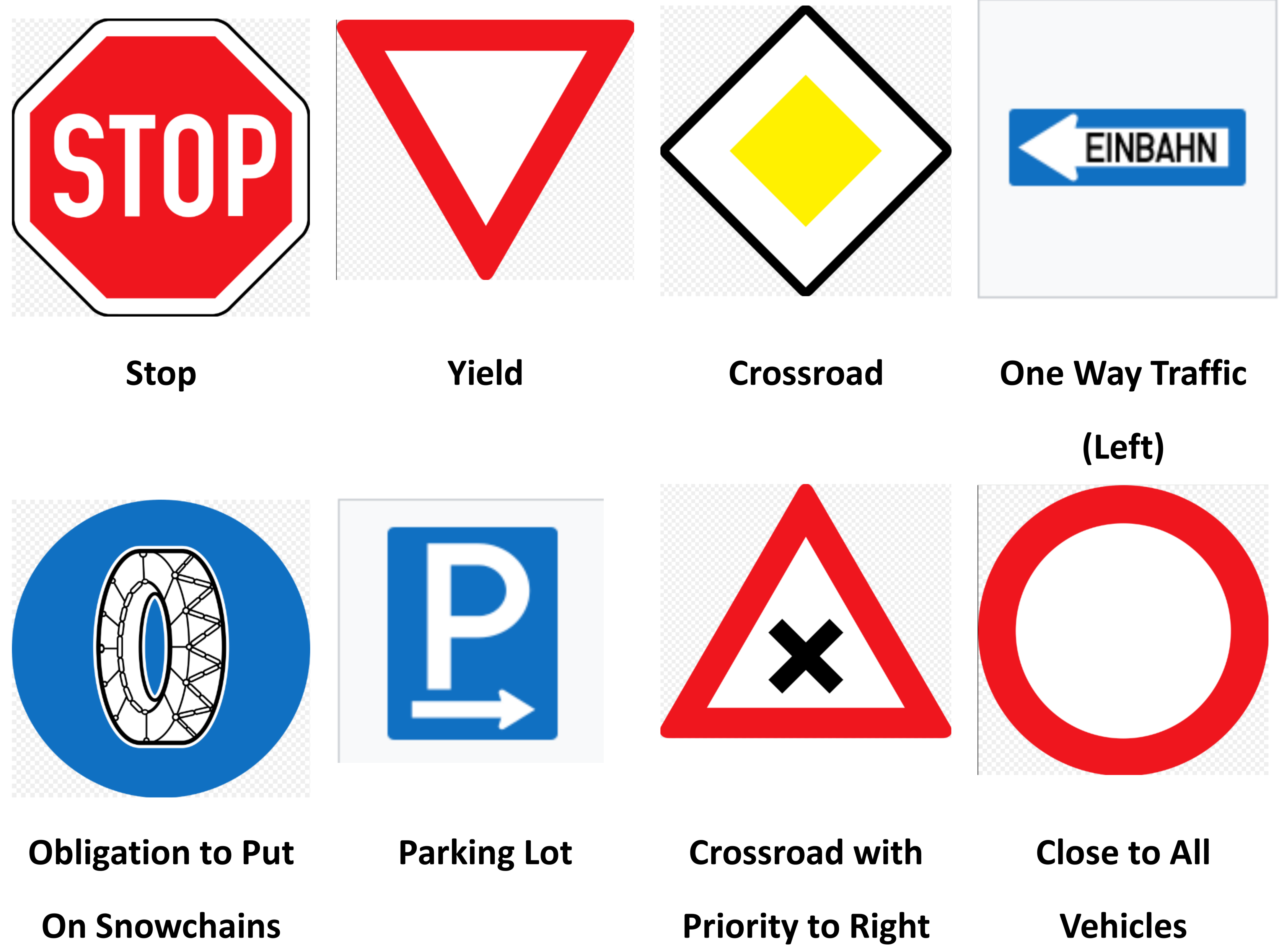
Source and more complete information:
https://en.wikipedia.org/wiki/Road_signs_in_Austria
Highways and Tolls
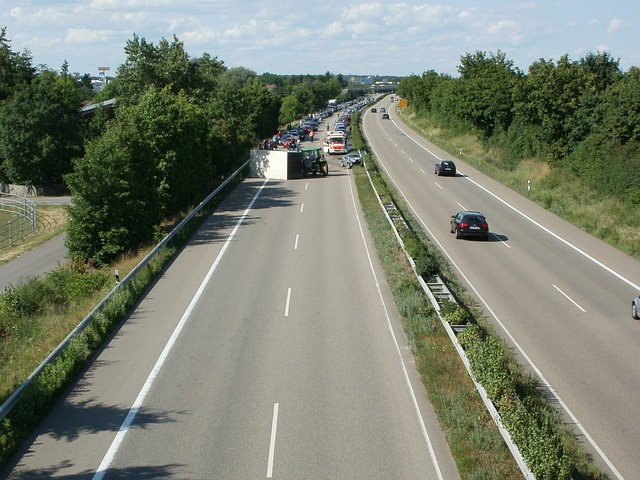
There are two types of tolls in Austria. The Vignette and the Sondermautstrecken.
Vignette
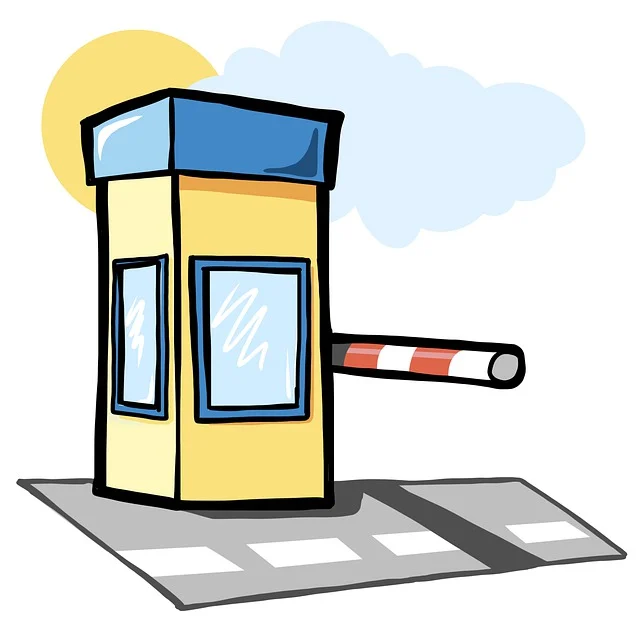
- All Austrian Highways (Autobahn) and expressways (“S” roads) require you to pay a toll.
- Instead of toll booths on the highways, you must buy a toll sticker or an electronic toll pass. This pass is called a Vignette.
- Vignettes with periods of validity of 10 days, 2 months or 1 year
You can buy a Vignette Sticker from petrol stations, post offices, newsagents (Tabak) and the ÖAMTC (Austrian Automobile Club).
- If you’re driving into Austria from another country, the vignette will be on sale at gas/petrol stations close to the border. The sticker must be displayed on the inside of your vehicle’s windshield as you enter Austria.
A Digital version of Vignette is available at the ASFINAG Online Shop
The 1-Day and 10-Day Vignette bought online are valid immediately after purchase 𝐁𝐔𝐓 the 2-month vignette and the annual vignette bought online are only valid from the 18th day after the online purchase.
- Prices for cars:
1 day: 8.60€
10-days: 11.50€
2-month: 28.90€
1 year: 96.40€
Sondermautstrecken
In Austria for certain roads and tunnels, you need to pay an extra toll which is not included in the Vignette, these are called ‘Sondermautstrecken’. The toll can be paid at the toll booths at the start of the road/tunnel. You can also buy multi-trip ticket digital toll tickets from all ÖAMTC shops.
The Sondermautstrecken are required on the following roads:
- S16 Arlberg Autobahn between St Anton and Langen am Arlberg)
- A13 Brenner Autobahn- the entire motorway
- A11 Karawanken Autobahn – from near Villach to the Slovenian border
- A9 Pyhrn Autobahn between the Spital/Pyhrn junction and the Ardning junction and between the St. Michael and Bösebach junction
- A10 Tauren Autobahn – Katschberg Tunnel between Flachau and Rennweg.
Refueling
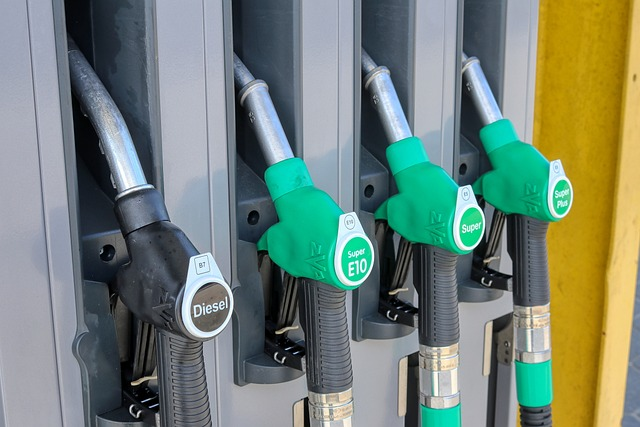
Gas Stations
At petrol stations, unleaded regular petrol with 91 octane, Euro-Super (unleaded petrol with 95 octane), and Super Plus (unleaded petrol with 98 octane), as well as diesel, are available. The sale of leaded petrol is prohibited in Austria, but an additive is available at petrol stations for vehicles without a catalytic converter. Up to 10 litres can be carried tax-free in a reserve canister. Current fuel prices, electric charging stations, and further tips can be found on theLänder-Info Austria | ÖAMTC website.
Refueling Steps
Both self-service and manual service are available .
- Self-service refueling: no staff, all self-service from refueling to payment, only accepts credit card. Insert your credit card, enter your PIN and start refueling. After refueling print the bill and remove the card. Some gas stations have stores you can visit to pay by cash or credit card.
- Manual refueling: there are special staff services, cash or credit card payment available.
Parking
Where Can You Park
- Public Parking Lot
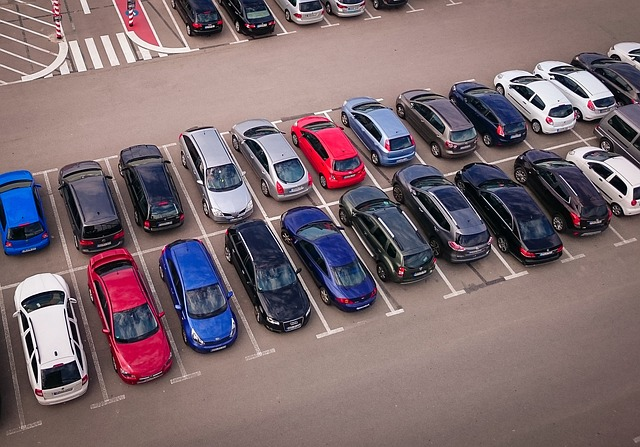
Shopping centers and large supermarkets are usually surrounded by exclusive free public parking lots. Scenic spots and busy areas usually have paid parking lots. Parking in popular scenic spots is in short supply, and sometimes it is more difficult to find a parking space.
- Roadside Parking Space
Certain streets, portions of streets or areas can be designated as short-term parking zones. These zones are indicated using the appropriate road signage and may also be highlighted by blue paint on the road. However, these markings are not required; it is sufficient to ensure that the relevant road signs are in place. If the short-term parking zone covers an entire area, the roads into the area concerned may also be marked with blue hatchings and the word “zone”.
This means the beginning of a short-term parking zone:
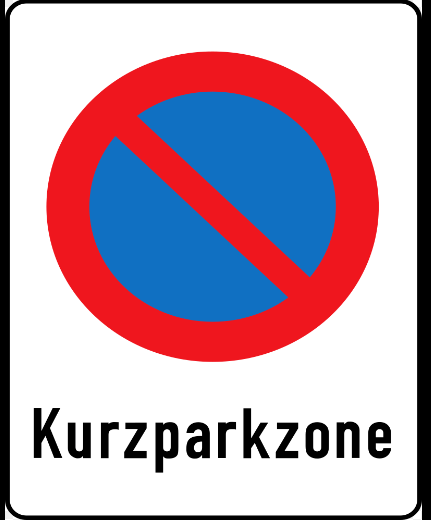
Where You Cannot Park
- You cannot park at the spaces for the disabled, building entrances and exits, by the fire hydrant and beside a bus station, as the picture below shows.
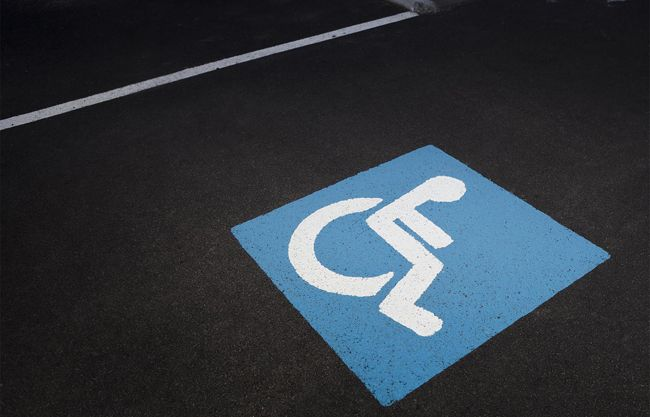
- You cannot park at spaces where there is a no-parking sign.
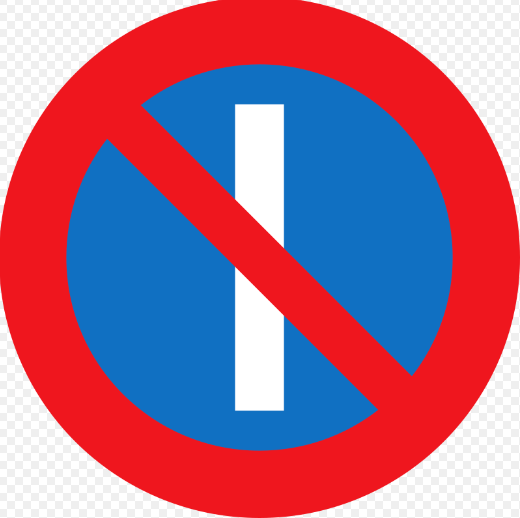
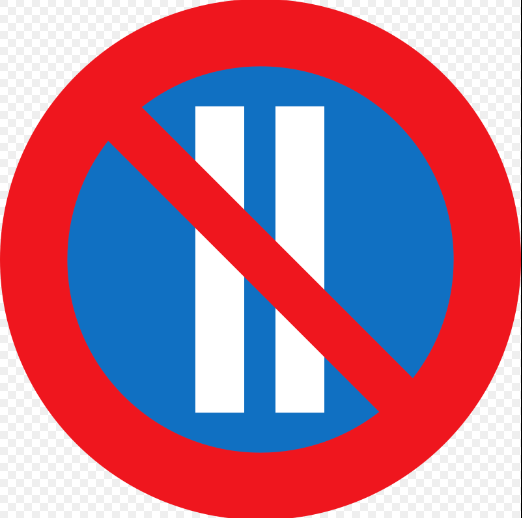
The upper one means no parking on uneven days and the lower one indicates no parking on even days.
Accident Handling
If you are involved in a traffic accident, do not panic. Check whether the passengers are injured, help yourself and seek help from passersby. Emergency contacts are available at any time.
- European Emergency Number: 112
- Police: 133
- Fire: 122
- Ambulance: 144
This website provides access to multiple embassies of each country in Austria:https://www.embassypages.com/austria
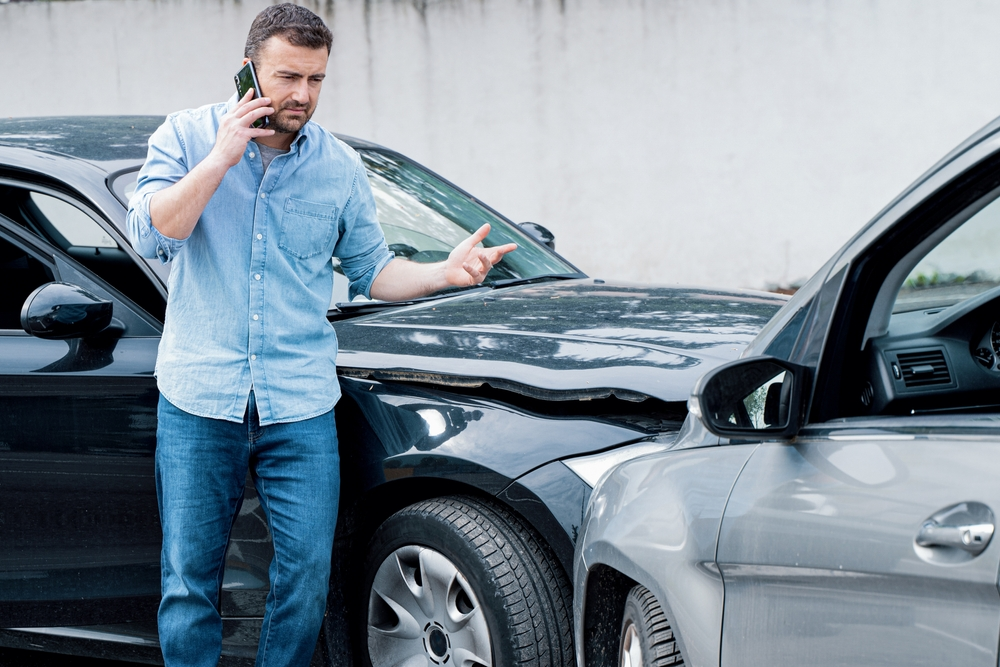
Scratch
Ensure the safety of personnel→Move the vehicle to the side of the road without obstructing the traffic→Call 112 →Take photos or videos of the condition of the vehicle →Register the accident by police and keep a proper record of the accident→Contact the rental car company and insurance company.
Theft
Call 112 → Police take notes → Insurance report → Verify information → Payment
Malfunction
Call the rental car company → They will send someone nearby to tow your car or change a tire.
If the rental car company is unable to help you, contact a towing service with the help of the police. Car repairs are very expensive sometimes, so it is important to have insurance.
Roadside Assistance
When renting a car and driving in Italy, if a traffic accident occurs, in addition to calling 112, you can also contact the following emergency contact numbers:
- Roadside Assistance Number in Germany:
ÖAMTC emergency breakdown service 120
ARBÖ emergency breakdown service 123
Mountain rescue 140
Doctor-on-call 141
- You can also contact your car rental company:
AVIS: 1-800-352-7900
SIXT: 1 (888) 749 8227
Budget: 800-218-7992
Thrifty: 1-800-283-0898
Hertz: 1-800-654-5060
ACE: (877) 822-3872
Dollar: 800-235-9393
Yesaway: 1 424-800-4990
- More emergency numbers:Emergency numbers
Returning the Rental Car
To return the car, just drive back to the rental car company, but pay attention to the following things:
Refuel Before Returning
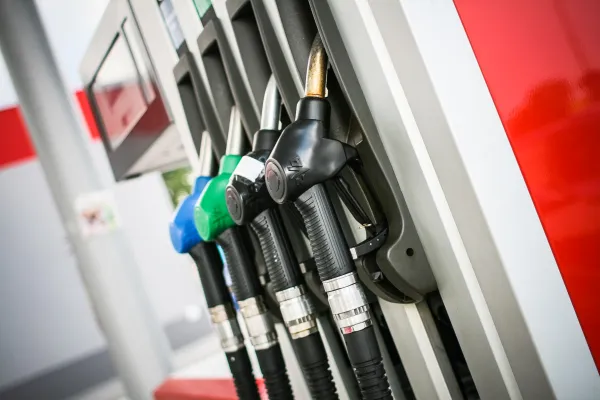
Usually, the basic rule for returning a car is to refuel the gas before returning it to the rental car company.
Even if the time is up, and there may not be a convenient gas station, it’s okay to drive for a while (about 5 kilometers or so) after refueling.
If you tried to return the car after the due time without refueling, or if you drove an excessive long distance after refueling, we will calculate the remaining time and charge you an additional fee.
Inspect the Car
When you arrive, we will have a representative inspect your vehicle for damage. If it had any damage, additional payment would be made.
Reconcile the Fee
When you return the car, the staff will check and record the vehicle and print the settlement list on site. Please check the list carefully, and if you have any unknown charges, you can raise them in person or call customer service to solve the problem.
Keep the Contract and Document
After returning the car, it is recommended to keep the contract and receipts in a safe place in case of needs.
Help after Trip
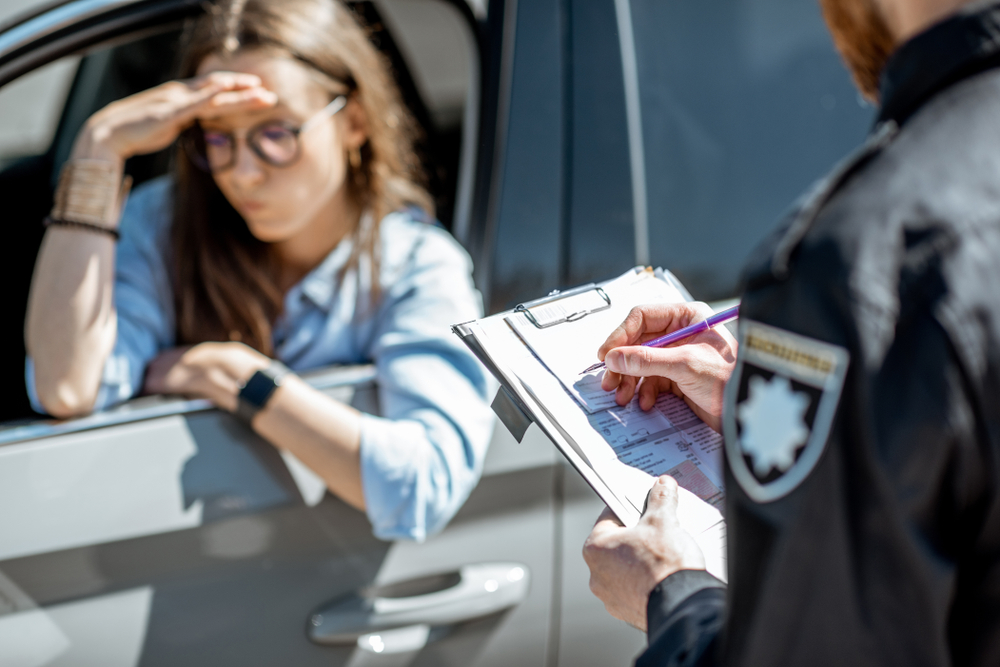
Traffic Citation
How to Pay Fine Ticket:
There are two main methods to pay a fine in Germany: ATM transfer or manual payment.
We recommend you to pay the fine as soon as possible, otherwise you may have to pay a late fee. If you can’t deal with it right away, tell the car rental company when you return the car, and you can let the company charge your credit card directly, but it usually requires a service fee.
Insurance Claim
If you bought a full coverage insurance, you would receive a fast claim settlement. The following documents should be prepared:
- passport
- Driver’s License
- Credit Card Checkback History
- The Car Rental Contract
- Car Damage Deduction Bill
For more detailed information, check the terms and conditions of insurance company:
https://www.qeeq.com/term?info=axa_policy&browser_open=1
Unknown Charges after Trip
If you received an unexpected deduction when you return to your home country, it might be that your violation fee is paid by the car rental company, but usually the deduction amount will be more expensive than the violation fee because that includes the management fee charged by the car rental company. If you don’t know what the violation was, you can contact our customer service for help.
Classic Routes
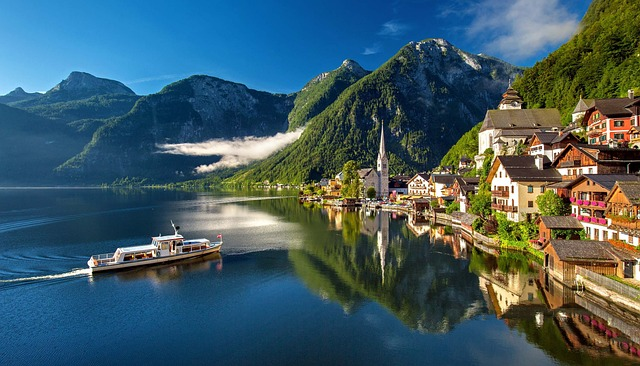
Salzburg
- Grossglockner High Alpine Road
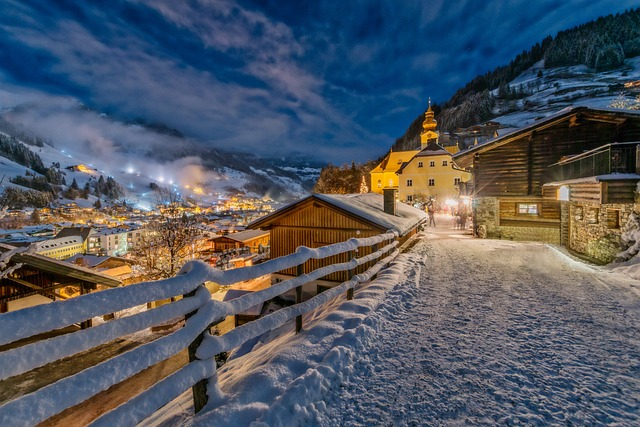
The Grossglockner High Alpine Road, a 48km (30 miles) journey from Fusch an der Glocknerstrasse in Salzburgerland to Heiligenblut in Carinthia, offers breathtaking high mountain pass scenery. This route, traversing Austria’s highest mountain pass, features 36 hairpin turns and reaches 2500m (8202ft) above sea level. Travelers can enjoy stunning views of the Grossglockner peak and Pasterze glacier from the Kaiser-Franz-Josefs-Höhe observation deck. The road is home to diverse wildlife and offers hiking trails like the Gamsgrubenweg. Open from May to November, this drive provides an unforgettable adventure through the Hohe Tauern National Park.
- The Austrian Romantic Road
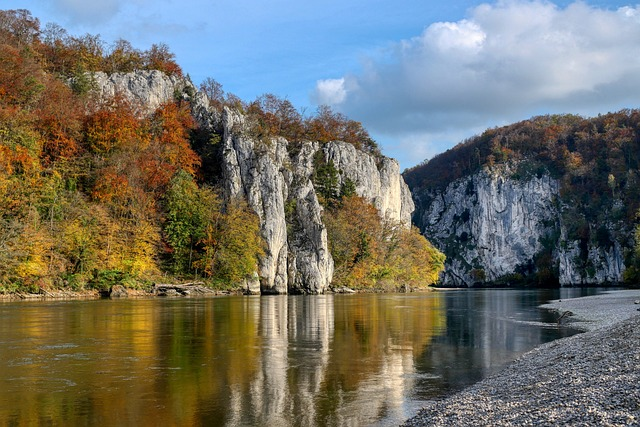
The Austrian Romantic Road, spanning 450km (280 miles) from Vienna to Salzburg, is perfect for exploring heritage sites and stunning lakes. This scenic route follows the Danube River, showcasing UNESCO World Heritage sites and historical highlights. Journey through the winemaking region from Klosterneuburg to Krems and the medieval streets of Melk. Discover the charming Danube hamlet of Grein, then continue to Steyr and Scharnstein. The route culminates in the breathtaking Salzkammergut, featuring the imperial spa town of Bad Ischl, the Dachstein mountains, and the picturesque lakes of Hallstatt, St Wolfgang, and Mondsee.
Steiermark
- South Styrian Wine Road
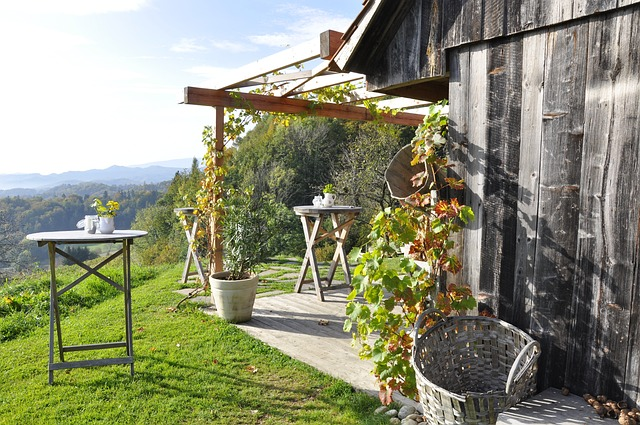
The South Styrian Wine Road, a 25km (16 miles) journey from Ehrenhausen to Leutschach, offers a delightful trip through Austria’s largest wine-growing region. This scenic drive takes you through rolling vineyards along the Slovenian border, perfect for wine enthusiasts. Sample local wines like Sauvignon Blanc and Blauer Zweigelt at charming wine estates, or explore by bike, visiting Buschenschänken for regional snacks paired with pumpkin seed oil. For a richer experience, consider a circular route starting and ending in Graz, Austria’s culinary capital.
Carinthia
- The Villach Alpine Road
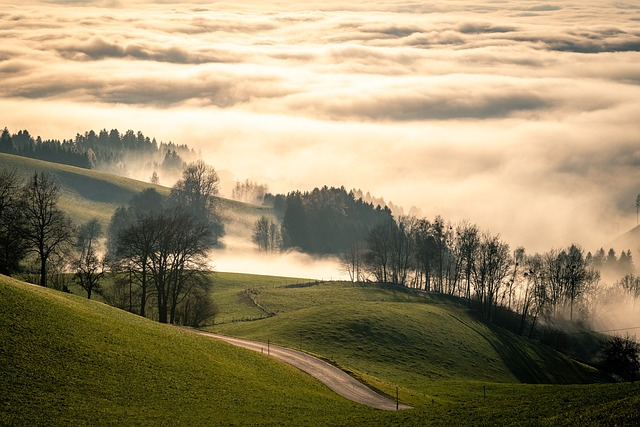
The Villach Alpine Road, a 16.5km (10 miles) drive from Villach-Möltschach to Rosstratte, offers breathtaking southern alpine views. Navigate 11 mountain bends on the Dobratsch range to reach Rosstratte at 1732m (5682ft), featuring 11 lookout stations with vistas over Villach and the Julian Alps. Enjoy the alpine air at Aichingerhütte or savor Carinthian cuisine at Rosstratte mountain hut. Explore Dobratsch nature park’s trails, including a geology path and an Alpine Garden with 1000 plant species. Enhance your trip with a tour of Carinthia’s largest lakes, from Wörthersee to Millstätter See.
Vorarlberg
- The Silvretta High Alpine Road
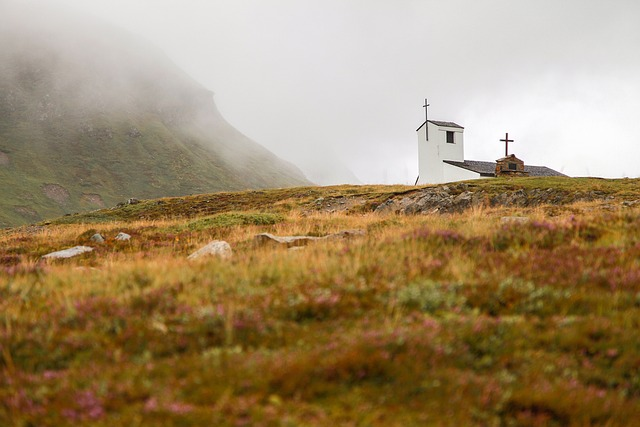
The Silvretta High Alpine Road, a 22km (12 miles) journey from Galtür in Tirol to Partenen in Vorarlberg, offers a stunning route to westernmost Austria. This scenic drive ascends through the Silvretta mountain ranges, reaching the Silvretta-Bielerhöhe at 2032m (6666ft), with views of Piz Buin. Enjoy activities like alpine fishing, hiking, and exploring a light art installation. Dine lakeside before descending 34 hairpin curves into Vorarlberg. For vintage car enthusiasts, the Silvretta Classic Rally Montafon in July offers a thrilling experience.
Useful Websites and Numbers
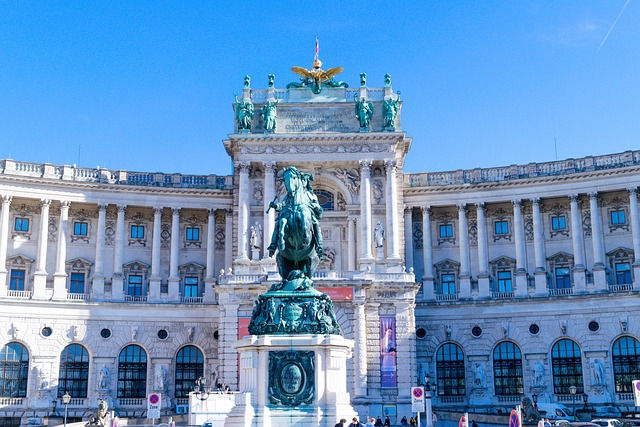
Emergency Numbers
- European Emergency Number: 112
- Police: 133
- Fire: 122
- Ambulance: 144
Tourism and Embassy Website
This website provides access to multiple embassies of each country in Austria:https://www.embassypages.com/austria
Official Tourism Website:https://www.austria.info/en-uk/
Roadside Assistance
ÖAMTC emergency breakdown service 120
ARBÖ emergency breakdown service 123
Mountain rescue 140
Doctor-on-call 141
Car Rental Companies
AVIS: 1-800-352-7900
SIXT: 1 (888) 749 8227
Budget: 800-218-7992
Thrifty: 1-800-283-0898
Hertz: 1-800-654-5060
ACE: (877) 822-3872
Dollar: 800-235-9393
Yesaway: 1 424-800-4990
Thanks for reading, enjoy a safe and pleasant journey!